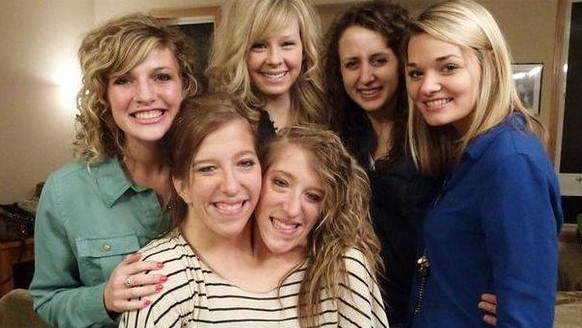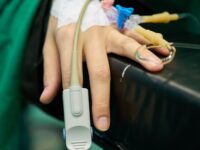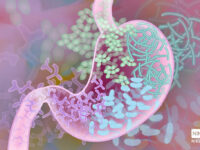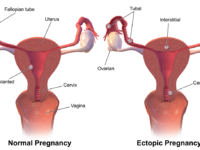Abby and Brittany Hensel are conjoined twins, a medical phenomena in which two babies are born anatomically connected to one another. The sisters shot to fame in 2012 when they became stars of their own reality show, titled “Abby and Brittany,” which detailed their interconnected journeys as they graduated college and attempted to establish their careers. While the Hensels are what is medically known as dicephalic parapagus twins, a form of partial twinning in which each twin has their own head but shares a torso, the range of conjoined twins is vast. Simple conjoined twins may only be attached by skin and cartilage, whereas more complicated cases can share a brain and other vital organs. In Abby and Brittany’s case, the sisters share many organs, including legs, arms, liver, bladder, and reproductive organs, but each have their own hearts, lungs, and stomach. There is clearly a profound clinical impact of this medical condition, so how exactly does it arise?
Simple conjoined twins may only be attached by skin and cartilage, whereas more complicated cases can share a brain and other vital organs.
Conjoined twins form when an early embryo does not fully separate to form two individuals, resulting in two fetuses that remain anatomically connected. Separated identical twins are created when a fertilized egg splits approximately eight to 12 days after conception, allowing for the development of individual organs. The running scientific theory is that when the fertilized egg splits later than intended, the separation is halted early and results in a pair of physically connected fetuses. While many conjoined twins unfortunately are stillborn or are unable to survive their first few days of life, others can go on to live connected lives, such as Abby and Brittany, or can be surgically separated depending on medical risk.
The running scientific theory is that when the fertilized egg splits later than intended, the separation is halted early and results in a pair of physically connected fetuses.
In October of 2020, there were remarkable reports on the surgical separation of nine-month-old conjoined twins at the UC Davis Children’s Hospital. Abigail and Micaela Bachinskiy are an even rarer form of conjoined twins known as craniopagus twins, meaning they were connected at the head. The surgeons decided that they needed to separate the twins immediately, seeing as waiting any longer would create higher medical risk when their organs grew larger. Thus, they performed a successful 24-hour procedure, which consisted of dividing brain matter, veins, and five total position changes.
Other stories of conjoined twins are not as heartwarming as Abigail and Micaela’s. In 1811, Chang and Eng Bunker were born in Siam (presently Thailand) and went on to become the first set of well documented conjoined twins and inspiration for the antiquated term “Siamese twins” because of their birth country. In 1824, a British merchant took the boys to the United States to create a worldwide exhibition of them in exchange for public fees; this propelled the twins to gain worldwide fame for their medical condition. However, in 1874, Eng woke up one morning to find that Chang had died in his sleep as a result of a cerebral clot. Before a doctor could arrive to attempt a separation surgery, Eng had apparently already died of fright.
In addition, unseparated conjoined twins are much more susceptible to an array of personal issues, such as the fear of lacking a personal identity and repercussions from any stigma surrounding the condition.
While the many stories of conjoined twins may attract natural human curiosity, it’s critical to remember that the lives of conjoined twins are often filled with many medical and social disadvantages. For a pregnant mother, the presence of these twins greatly increases the risk for serious complications. The twins themselves are often born prematurely and are more likely to go on to experience breathing difficulties, heart problems, cerebral palsy, and learning disabilities. In addition, unseparated conjoined twins are much more susceptible to an array of personal issues, such as the fear of lacking a personal identity and repercussions from any stigma surrounding the condition. Today’s amazing medical advances make the possibility of surgical separation much more accessible, yet the execution of these procedures still may prove to be too high risk in certain cases where vital organs are connected. Whether conjoined twins are able to separate and live individual or interconnected lives, the hope is that today’s world allows them to live flourishing and full ones.
Sources: 1
Image Source: Flickr






